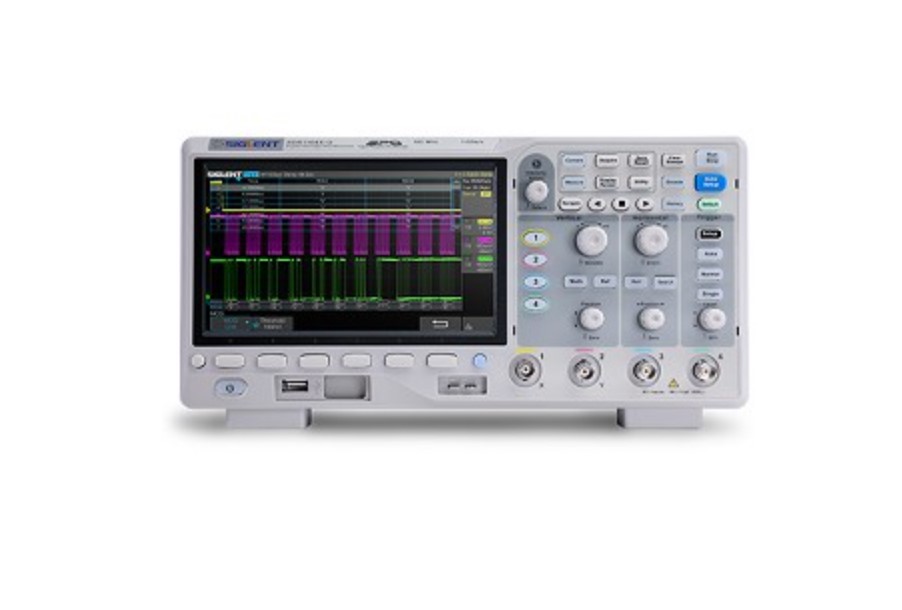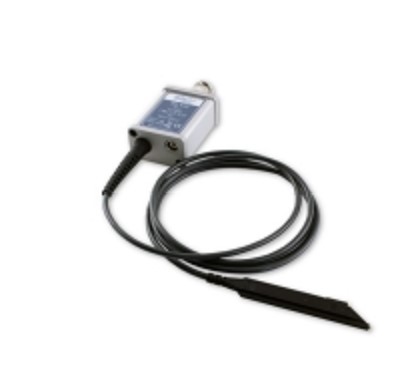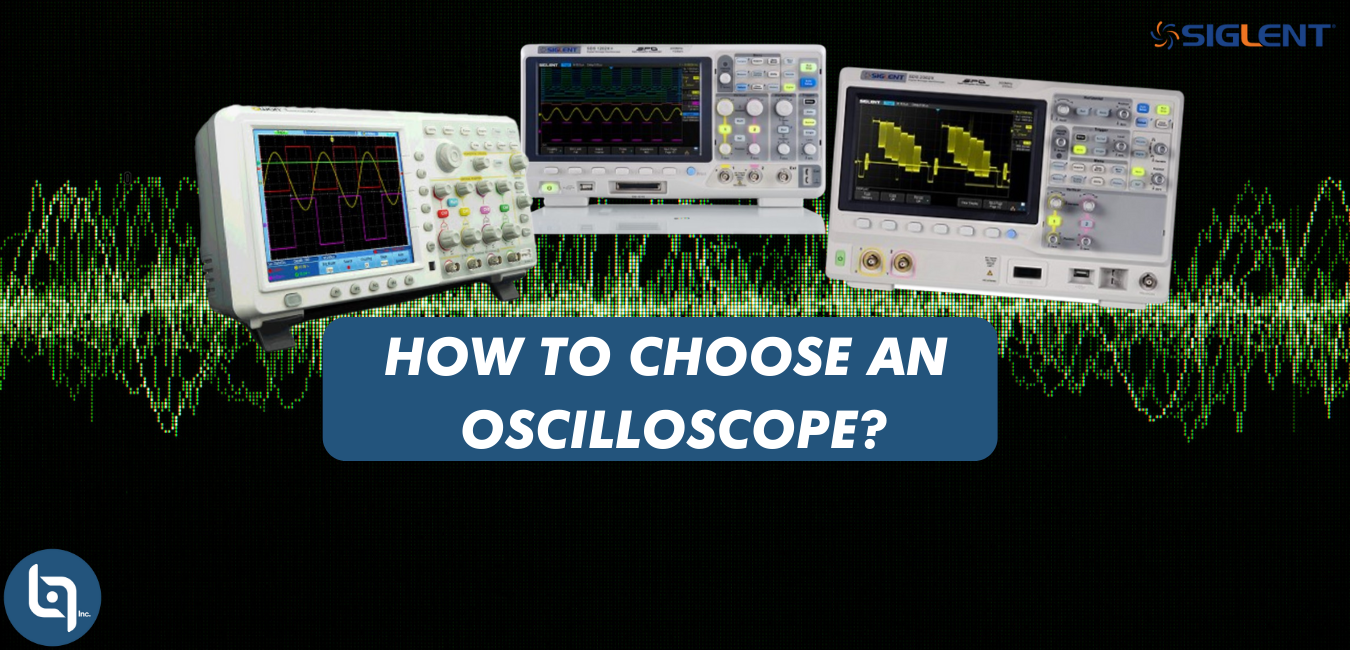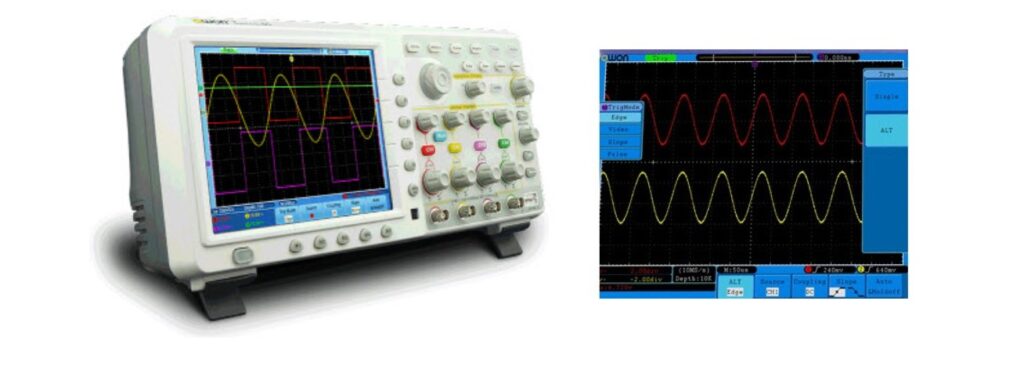An oscilloscope display consists of 2 axes, the X (horizontal) representing time, and the Y (vertical) axis representing voltage. They are used mainly to visualize transient phenomena as well as waveforms in electrical and electronic circuits. However, it can also measure the amplitude, frequency, rising time, time interval, distortion, and other characteristics of the projected waveform can then be analyzed. To learn what an oscilloscope is used for click here.

Intro
When it comes to choosing an oscilloscope it can be overwhelming since they are so many models and brands. The purpose of this blog is to give you an understanding of the basic features that you need to look for when making your choice.
How to choose an oscilloscope?
When choosing an oscilloscope they are 3 main things to look for:
-
Applications- Here in this section we will need to evaluate the prime purpose of why we are getting an oscilloscope. It can be a basic bench scope or a performance scope.
-
Bandwith of oscilloscope- The ability of an oscilloscope to measure a signal is determined by its system bandwidth. It specifies the highest frequency at which the instrument may be correctly measured. Bandwidth is also a critical indicator of price. As a regular rule for engineers, if we only need a basic bench oscilloscope then a scope of 200MHz bandwidths should be fine.
-
Price- Looking to choose an oscilloscope is recommended that we select the oscilloscope that fulfills all our requirements for our applications. Thus, it is important that we analyze all the features that we would need our oscilloscope to have. We Logicbus have a team of experts in oscilloscopes if you like their help, click here.
Now what?
Once we have decided which oscilloscope is for us, we will need to consider if we need probes and accessories.
Probes:
The probe tip is the basic foundation for accurate measurements. When choosing an oscilloscope, keep in mind that the scope and probe function together as a system.
Probes become a part of the circuit when taking measurements, introducing resistive, capacitive, and inductive loading that changes the measurement. It’s recommended to utilize probes made specifically for your scope to reduce the effect.

Conclusion
When choosing an oscilloscope is essential that we take into consideration 3 main factors: The applications where it is going to use, the bandwidth, and the price. At the same time, consider that you will need equipment like probes and power supplies to have your oscilloscope running. If you like our team of experts to help in your quest of finding your right oscilloscope reach us with this link.
Visit our website for more information:
www.logicbus.com
Contact us




sales@logicbus.com | support@logicbus.com | +1 619 616 7350 | Start conversation


